This site is under construction. Sorry for the inconvenience.
Marine coastal ecosystems are mesmerizing in their beauty and vital for the planet’s health. These dynamic environments, home to iconic species like sea turtles, sea otters, buffalos and manatees, provide crucial social, economic, and ecological benefits. However, these biodiversity hotspots are under increasing threat from human activities.
At our research group, we take an optimistic approach, exploring how rewilding can restore these ecosystems and boost their resilience in the face of climate change
Dive into our research focus and projects
where we tackle coastal ecosystem challenges through innovative science and interdisciplinary collaboration. Explore our projects here.
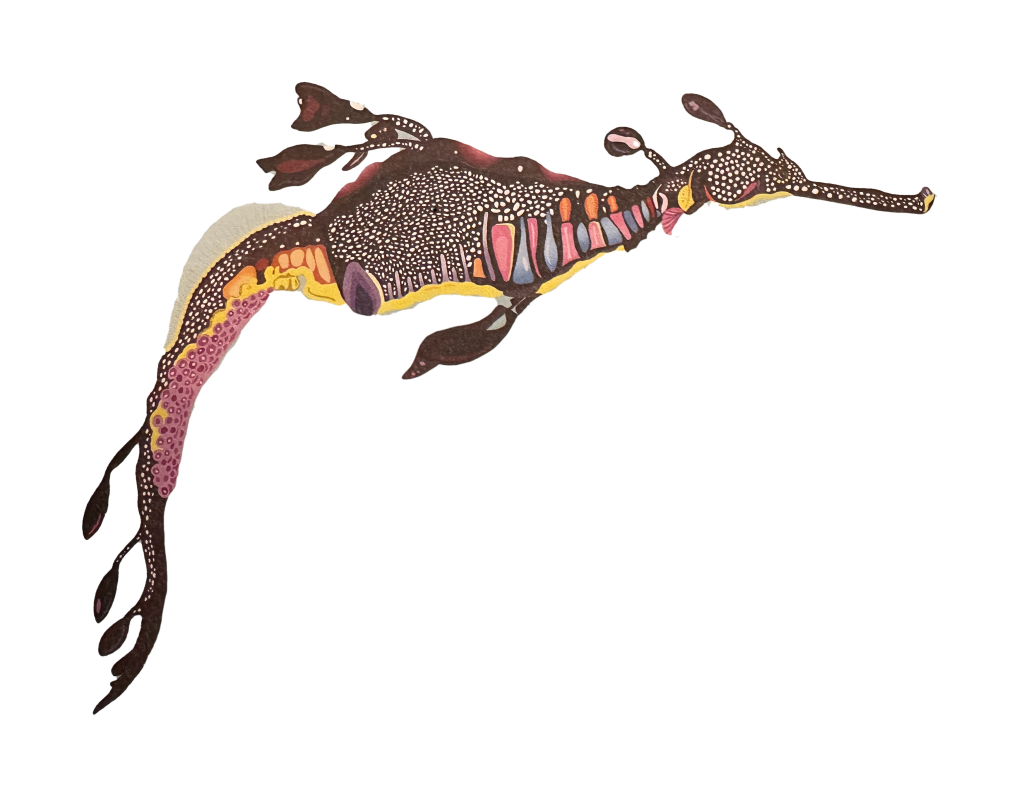
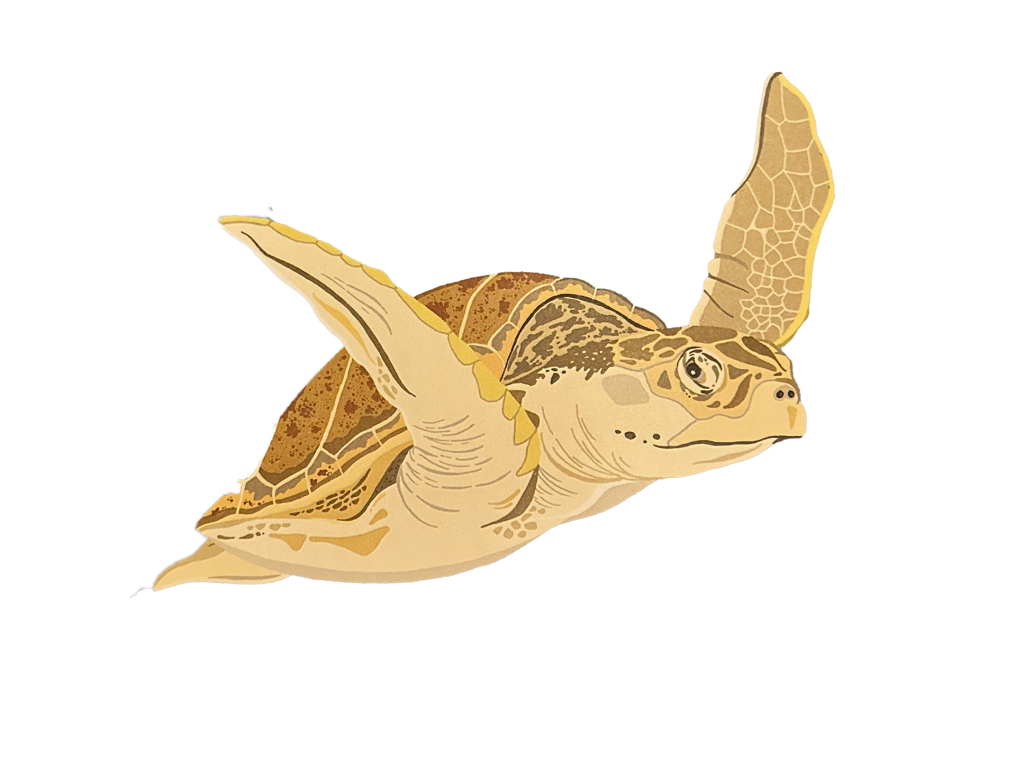
News
Stay updated with our latest research breakthroughs, fieldwork stories, and media appearances. Explore our news section – maintained since 2008
Meet the passionate individuals behind our research.
Meet our team of scientists – also explorers, snorkelers, divers
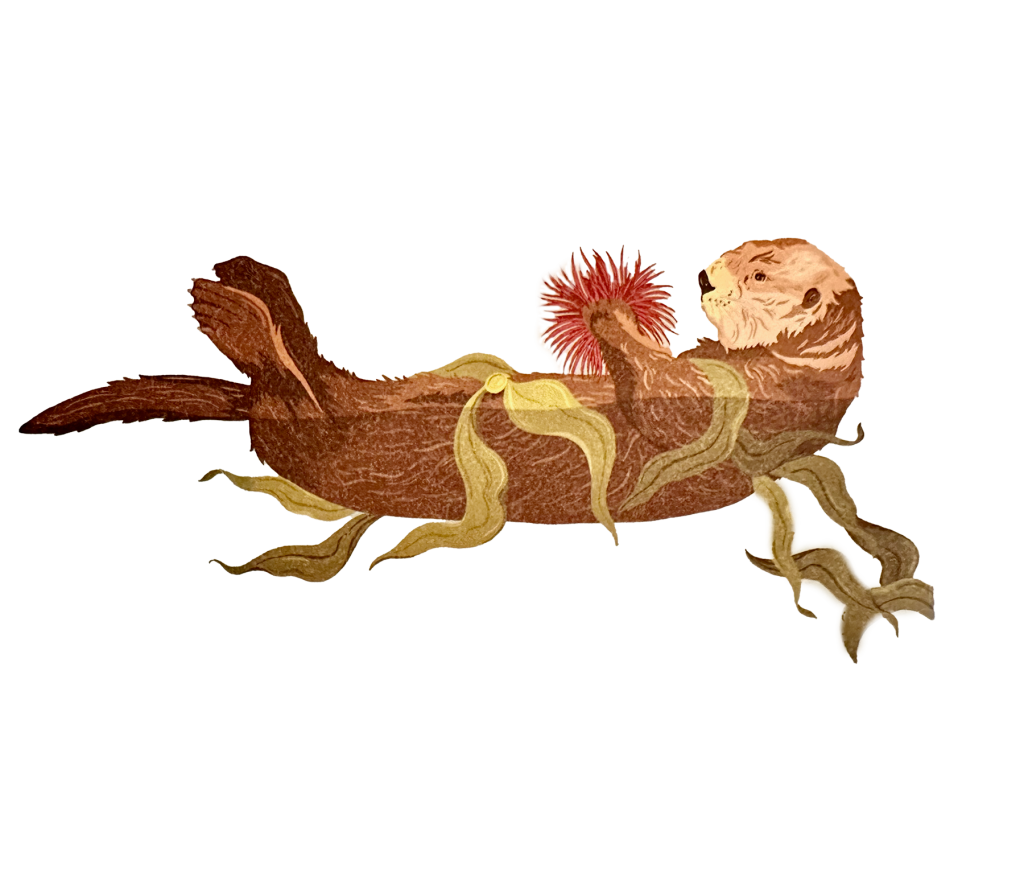
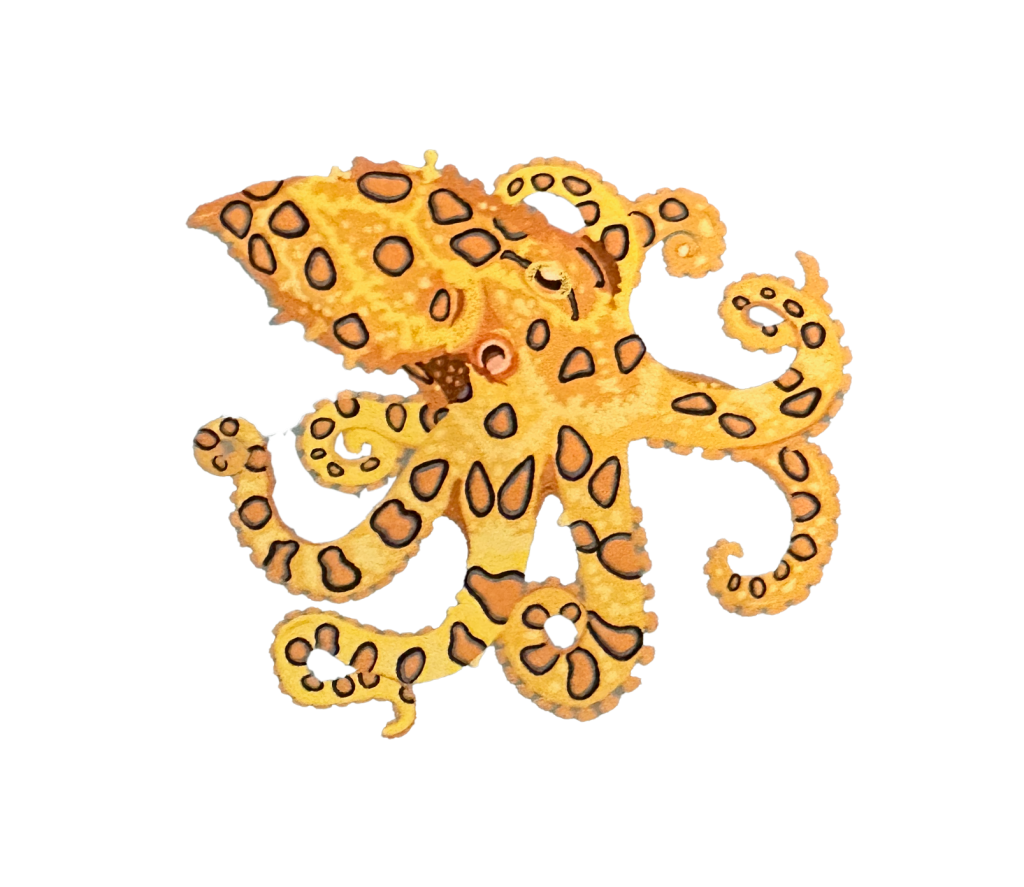
Browse our latest publications
featured in scientific journals and media outlets, with access to free downloads offering access to those without subscriptions
Learn about our courses, student projects, and transdisciplinary learning.
We integrate ecological science with other disciplines in our educational programs
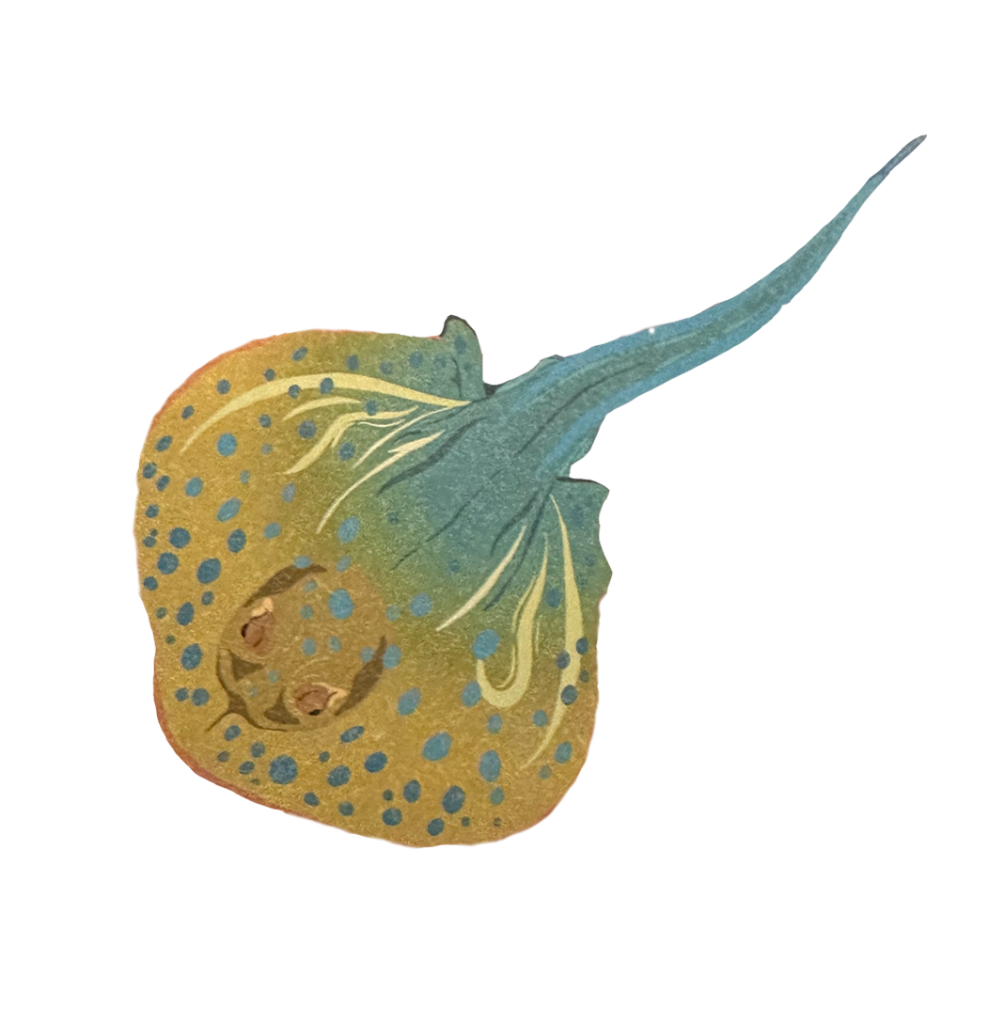
Get In Touch
Dr. Marjolijn J. A. Christianen
Associate Professor Marine Ecology
Wageningen University,
Aquatic Ecology and Water Quality Management Group, Wageningen, NL-6700 AA, The Netherlands
ORCiD 0000-0001-5839-2981
+31 317 481 753
Marjolijn.Christianen[@]wur.nl
